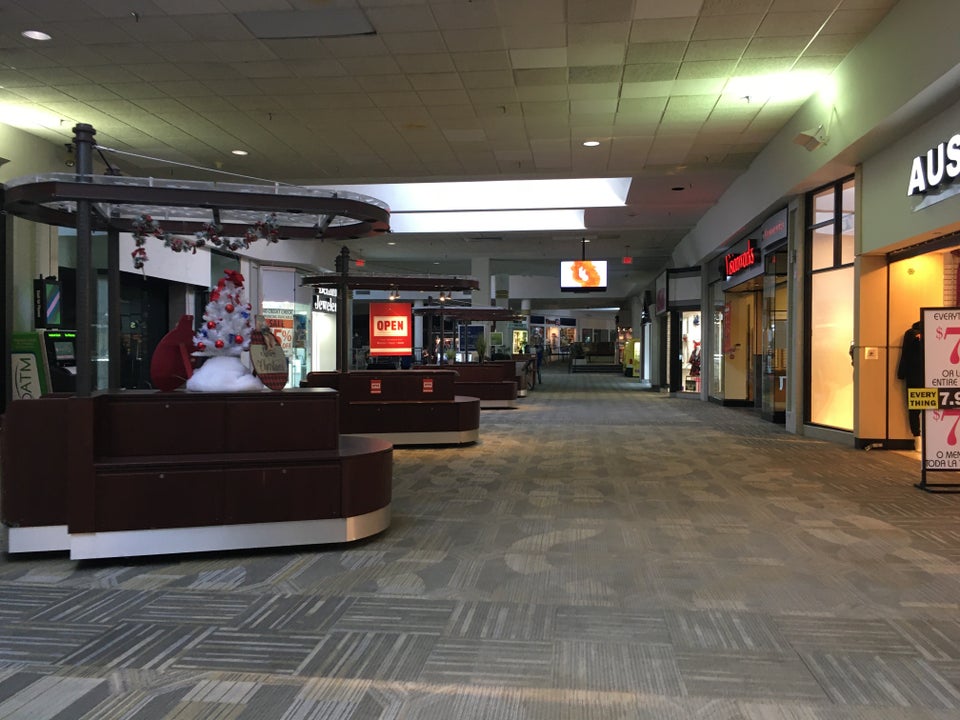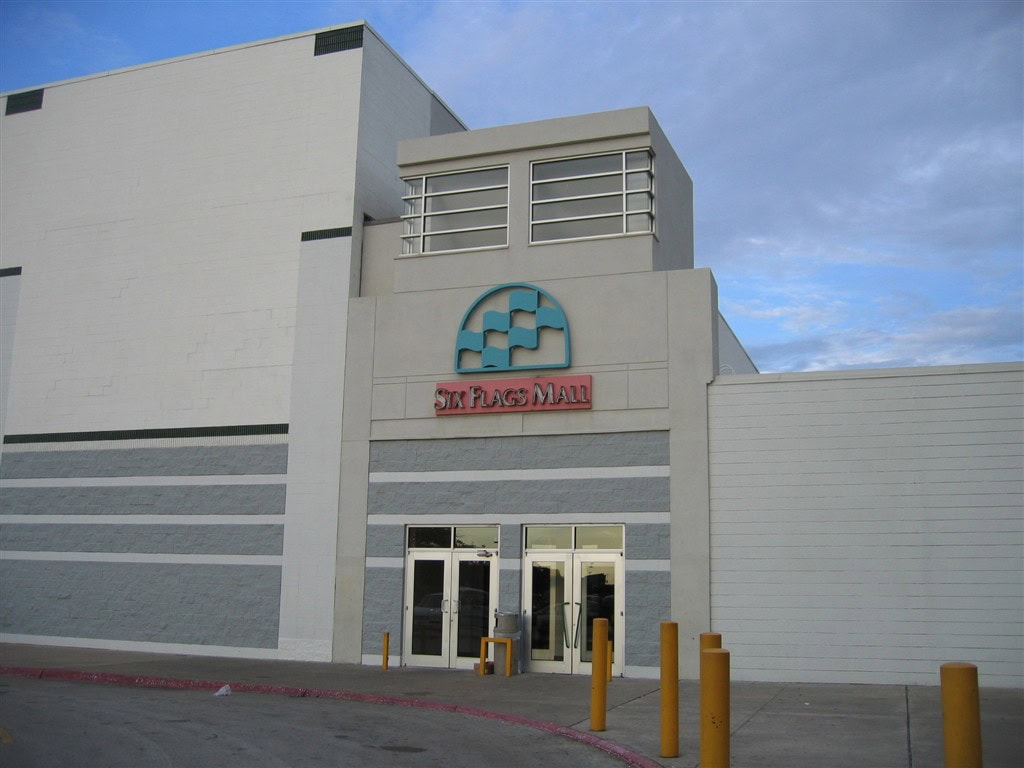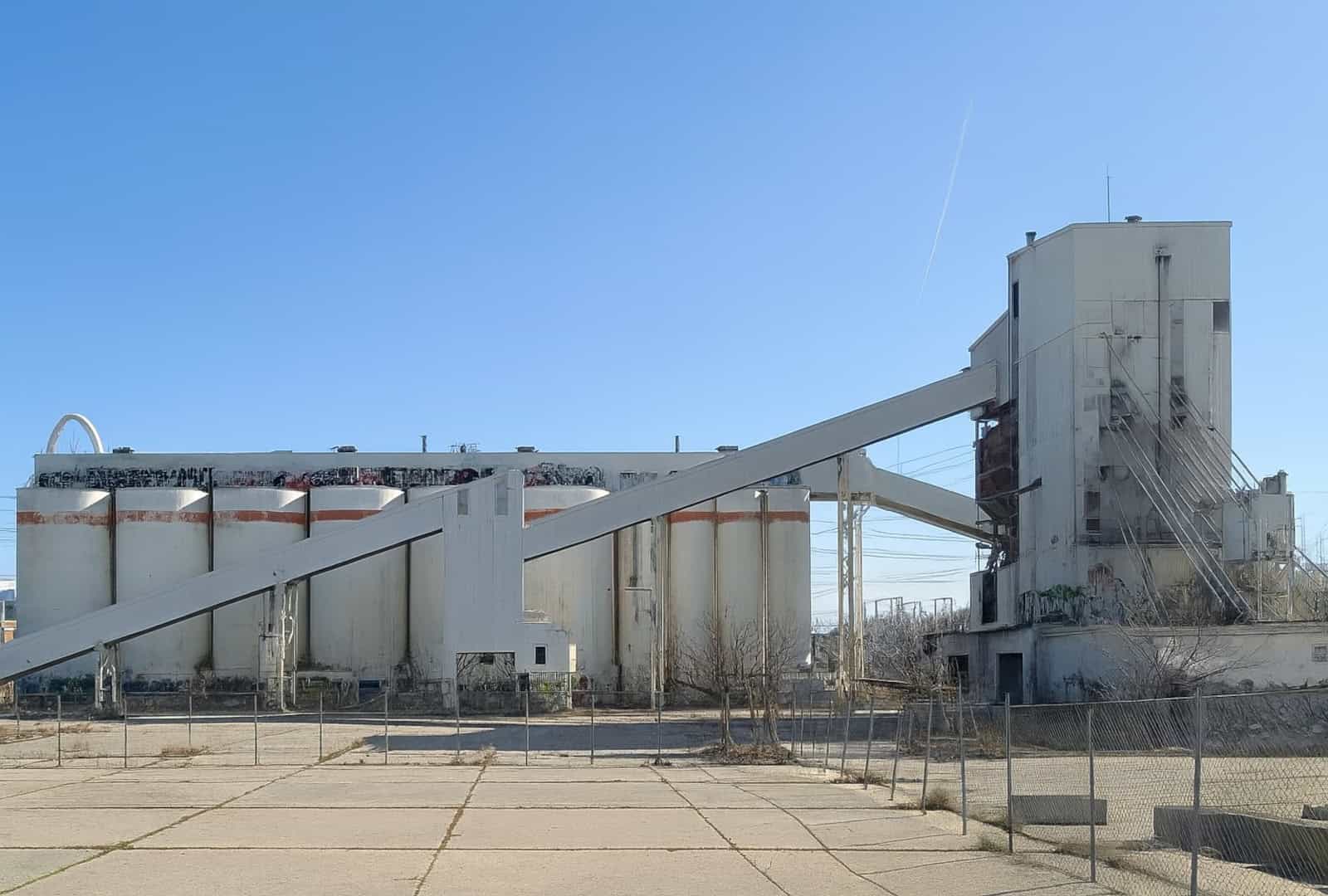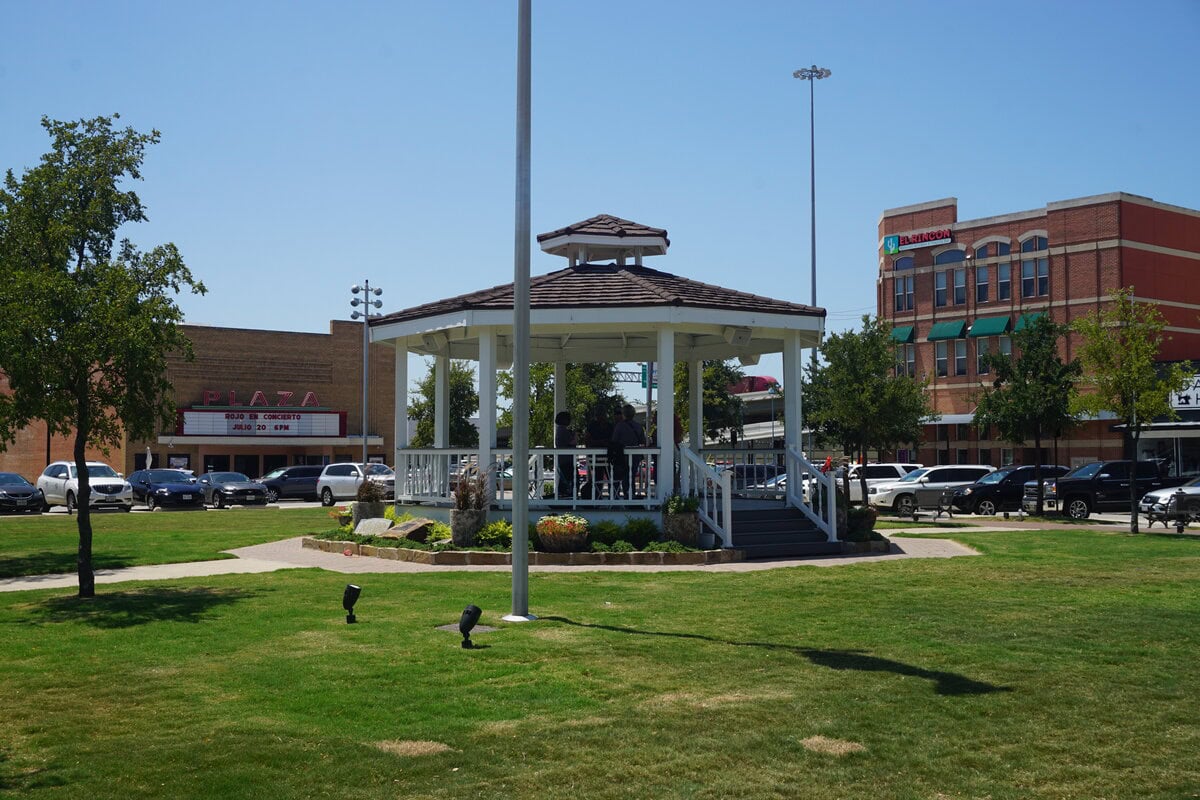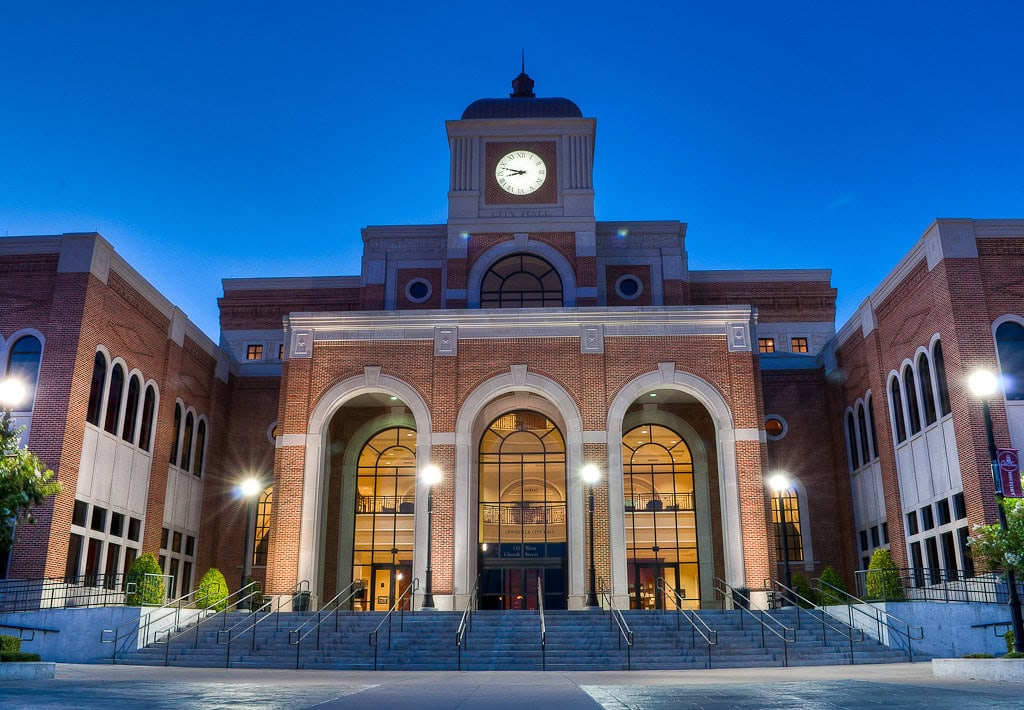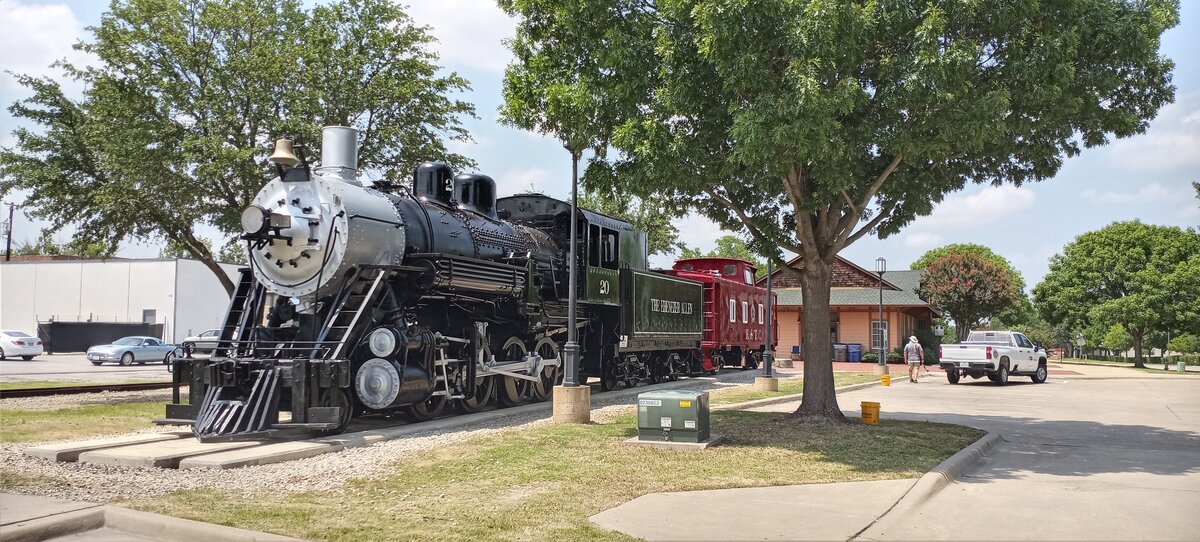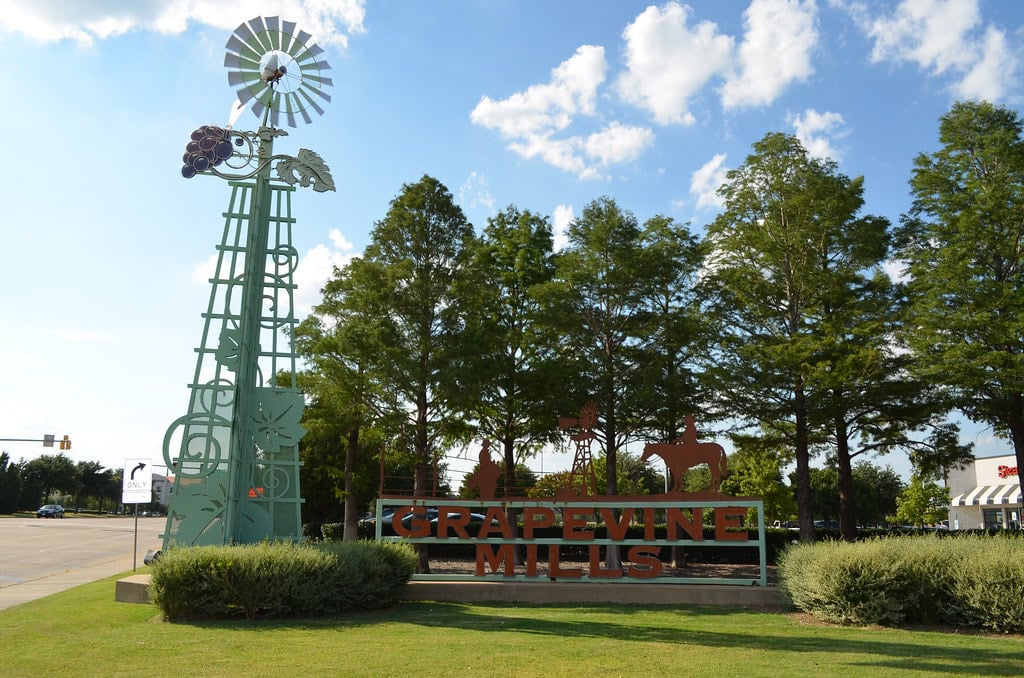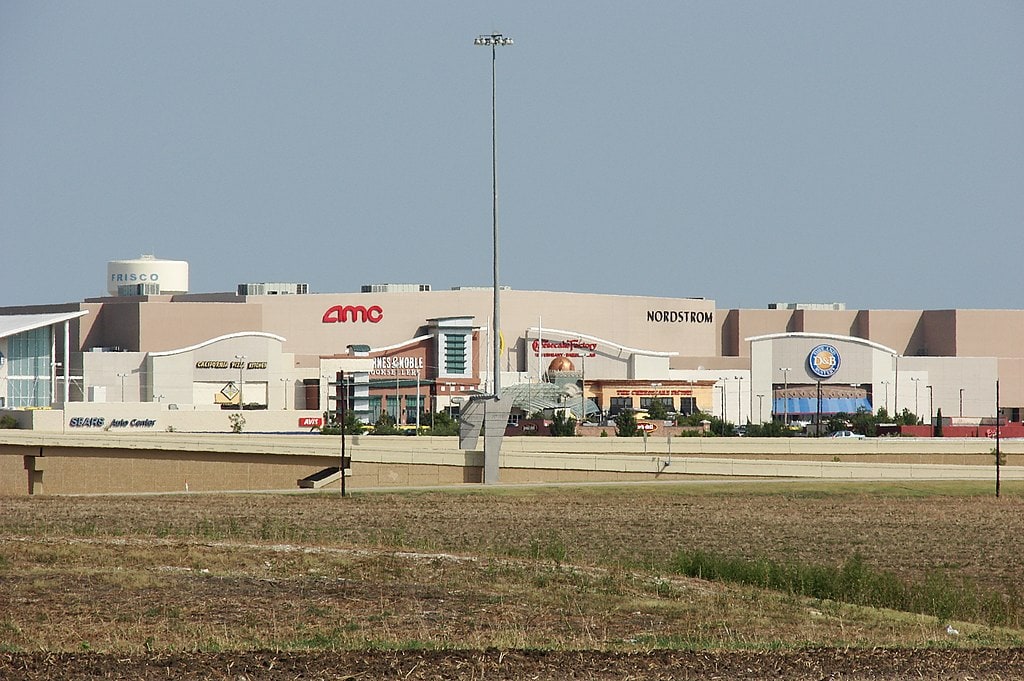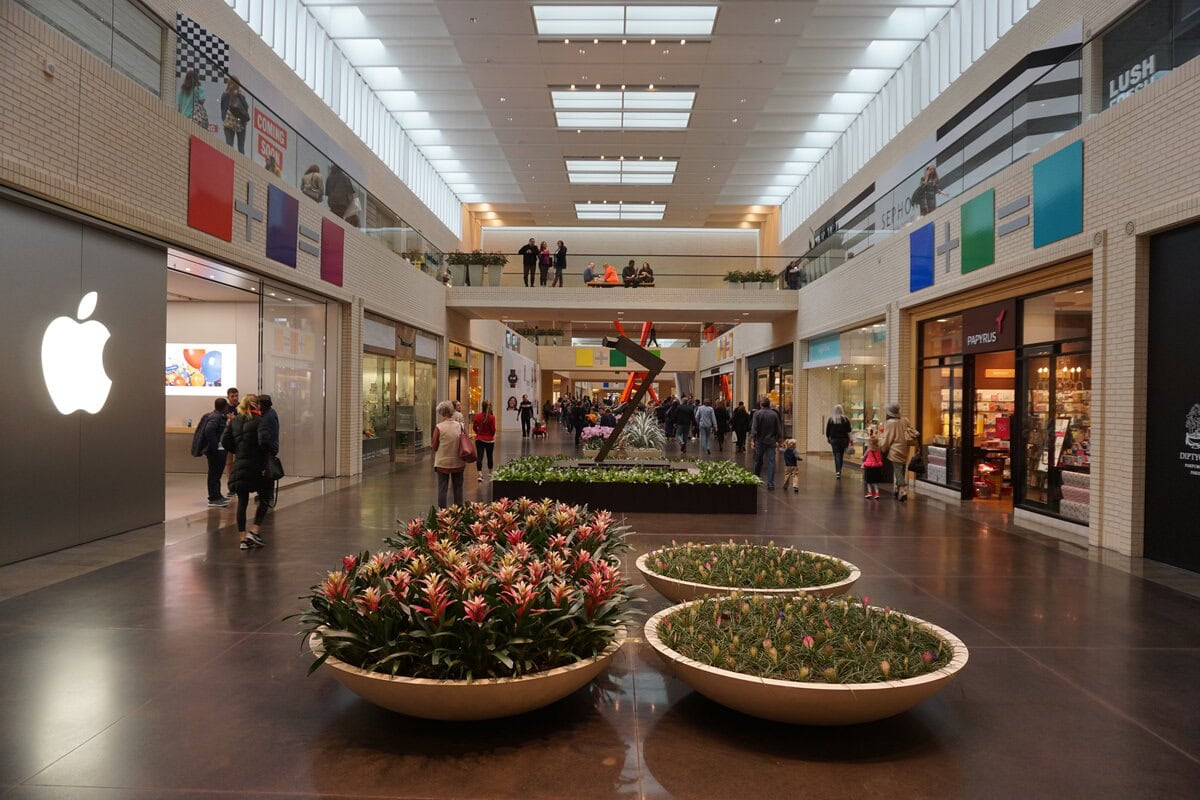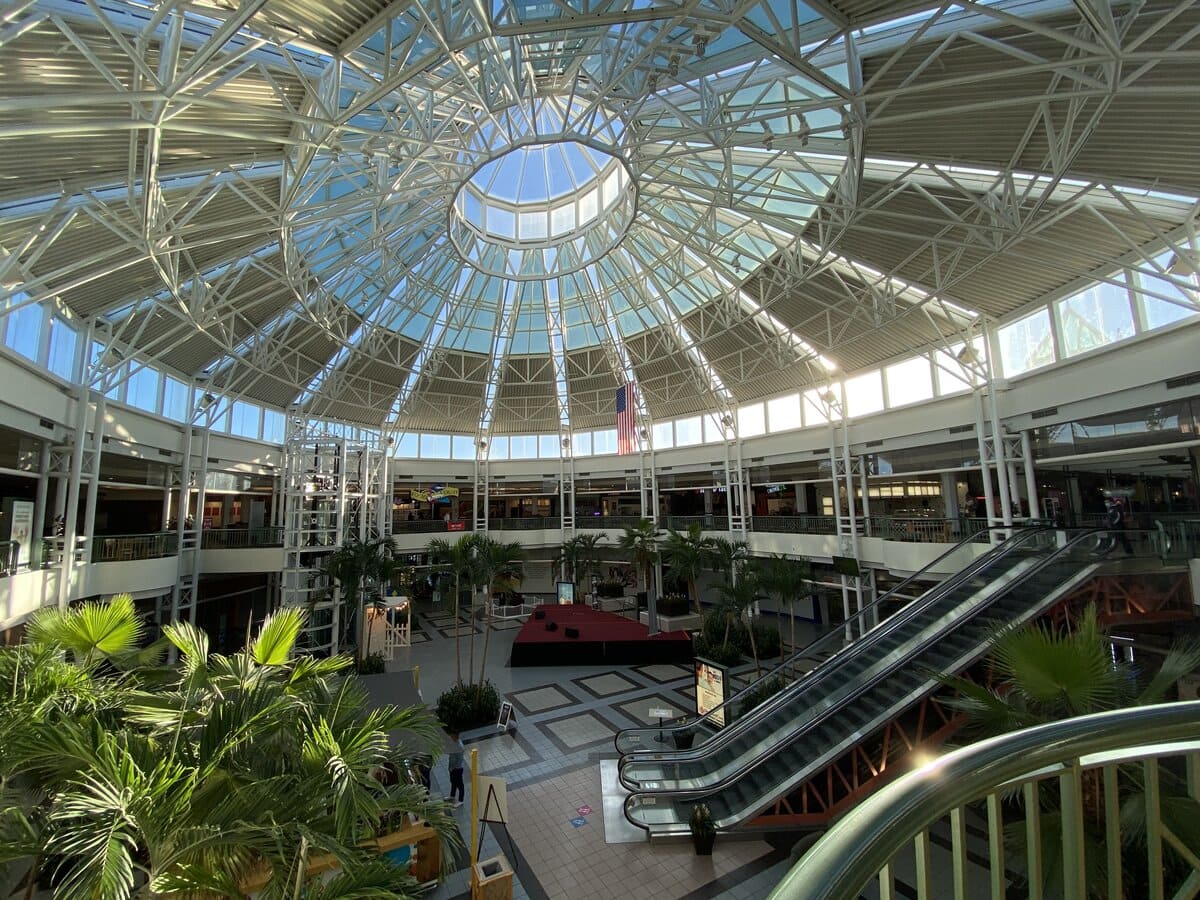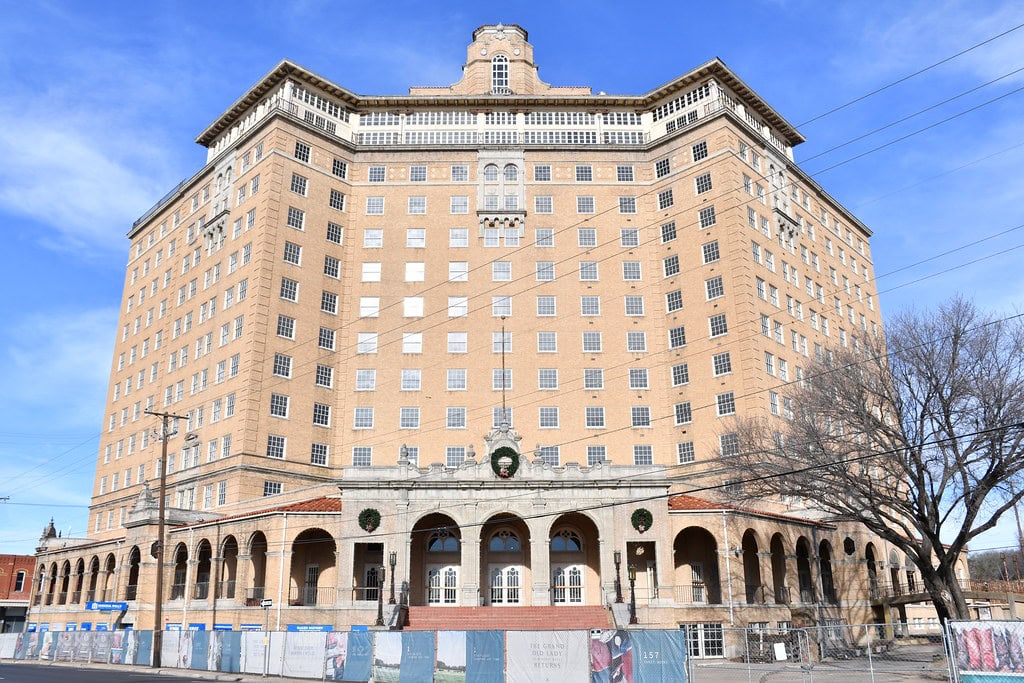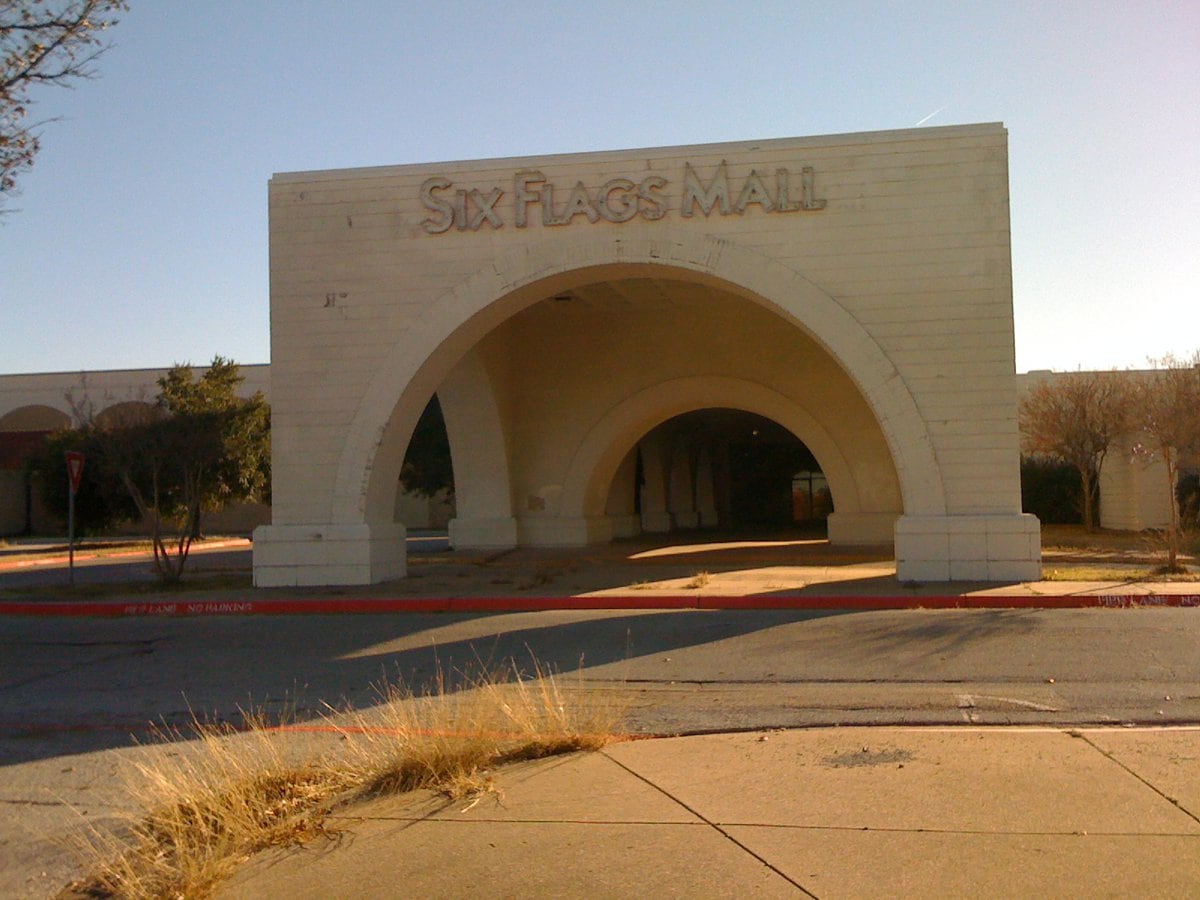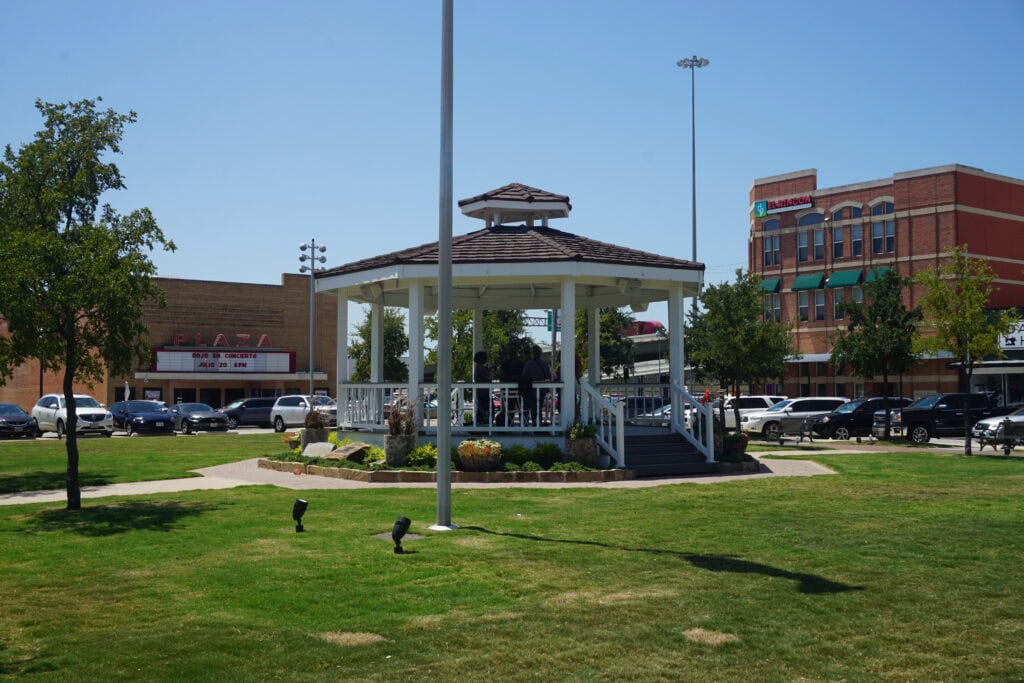
Where two railroads once crossed, a switchyard shaped downtown
Downtown Carrollton grew up around the crossing of the Missouri-Kansas-Texas (Katy) and the St. Louis Southwestern (Cotton Belt) railroads in the late 1800s.
The junction turned the town into a shipping point for cotton, cottonseed, grain, and livestock.
Freight sidings, a depot, and elevator silos ringed the square. That rail geometry still shapes the area.
The DART Green Line now runs on an elevated guideway just east of the historic Square, and the corridor the Cotton Belt used is being adapted for new regional service.
Old trestles, alignments, and the concrete elevator remind visitors why the city calls its street festival the Switchyard.
The festival that explains the city's nickname
Since 2010, Carrollton has staged the Festival at the Switchyard in and around the Downtown Square.
The city launched the event to mark the Green Line's arrival and the neighborhood's rail heritage.
Each fall, streets close for free concerts, kids' rides, and vendor rows set beneath the elevated tracks.
The lineup changes yearly, but the setting is the constant: the public plaza framed by grain silos, historic storefronts, and the same crossroads that first put Carrollton on regional shipping maps in the 1880s.
When downtown stood in two feet of floodwater
In the flood of 1908, water from the Elm Fork backed into Downtown Carrollton and rose 2–3 feet across the west side of the Square.
Merchants stacked goods higher while mud, debris, and floating boards made passage difficult.
Period photos show plank walkways laid over pooled water in front of storefronts.
The event pushed the town to think about drainage and where to place future buildings and streets.
The rail lines still ran beside the flooded storefronts, underscoring how close the tracks and low-lying business blocks sat to the river's overflow.
The Square was cleaned and rebuilt, but the images remain in local archives.
An 1850s mill town that became today's transit link
The community of Trinity Mills started around a mid-1800s gristmill on the Elm Fork, took a post office in 1858, and later tied itself to the Dallas-Wichita rail line before fading into Carrollton.
The name lives on at Trinity Mills Station, where the DCTA A-train from Denton meets DART's Green Line.
The Green Line stop opened in December 2010; the A-train began service on June 20, 2011.
The station sits by I-35E and PGBT, with park-and-ride lots and platforms for both rail systems.
A 19th-century milling settlement ended up lending its name to one of North Texas's most active commuter rail connections.
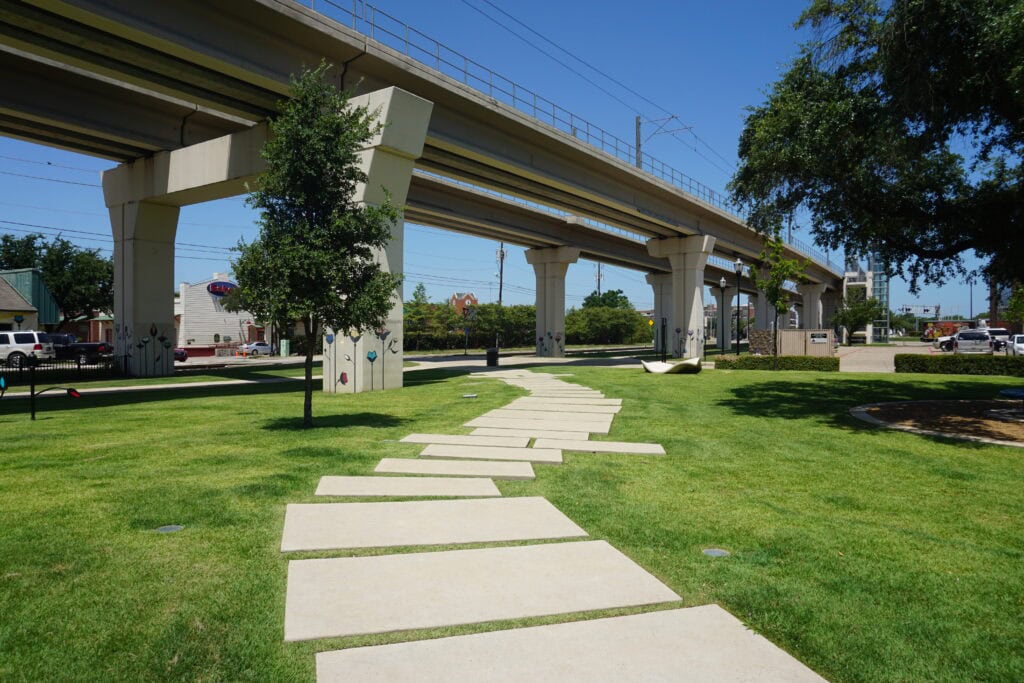
A neighboring town that mostly became Carrollton
The Town of Hebron once sprawled across open land between today's Carrollton, Plano, Lewisville, and The Colony.
Over the decades, surrounding cities annexed most of Hebron's territory.
Carrollton incorporated large sections on its western and southern edges, while other pieces went to neighboring suburbs.
Hebron still exists, but only as a few disconnected pockets with town facilities and cemeteries.
Historical entries trace the change from a broad rural township to modern city blocks bearing different names.
Drive east from Old Denton Road or north from Frankford, and you cross former Hebron ground that now sits fully inside Carrollton's city limits.
A mini Koreatown built around a grocery giant
Along Old Denton Road near the President George Bush Turnpike, a dense cluster of Korean restaurants, bakeries, karaoke rooms, and shops has taken root.
Locals call it Koreatown Carrollton.
It grew around an H Mart Asian supermarket and later spillover tenants, turning a strip of warehouses and big-box shells into one of North Texas's most concentrated Korean business districts.
The area's storefronts show bilingual signs, and late-night dining keeps the parking lots busy after midnight.
Today, the commercial node stretches block after block on Old Denton and adjacent plazas, giving Carrollton an unexpected role as a regional hub for Korean food, beauty shops, desserts, and imported goods.
The concrete giants that became climbing walls
For years, Carrollton's towering grain silos by the rails doubled as an indoor climbing gym with rope routes running up the concrete tubes at 1003 Fourth Ave.
The unique setup drew climbers to scale vertical silo interiors that had once stored milled grain shipped from Downtown Carrollton's rail junction.
The gym later closed.
In April 2025, the city removed the remaining climbing hardware to prepare the silos for a new chapter as a large-scale mural site.
The cylindrical complex still dominates the east side of the Square, so the art plan aims to turn a former industrial landmark into a visible gateway for rail riders and drivers on nearby Belt Line Road.
A farmhouse that tells the city's origin story
The A.W. Perry Homestead Museum sits in a 10-acre park at 1509 N Perry Rd.
Built in 1909, the house replaced an earlier log cabin raised by the Perry family, who arrived in the 1840s and helped start milling operations at Trinity Mills.
The white, two-story farmhouse survived as development closed in around it and now holds rooms staged with early-1900s furnishings, photographs, and tools.
Outbuildings and pecan trees complete the scene.
The museum anchors community programs and tours that explain how a scattered farming settlement shifted to rail shipping and then suburban neighborhoods.
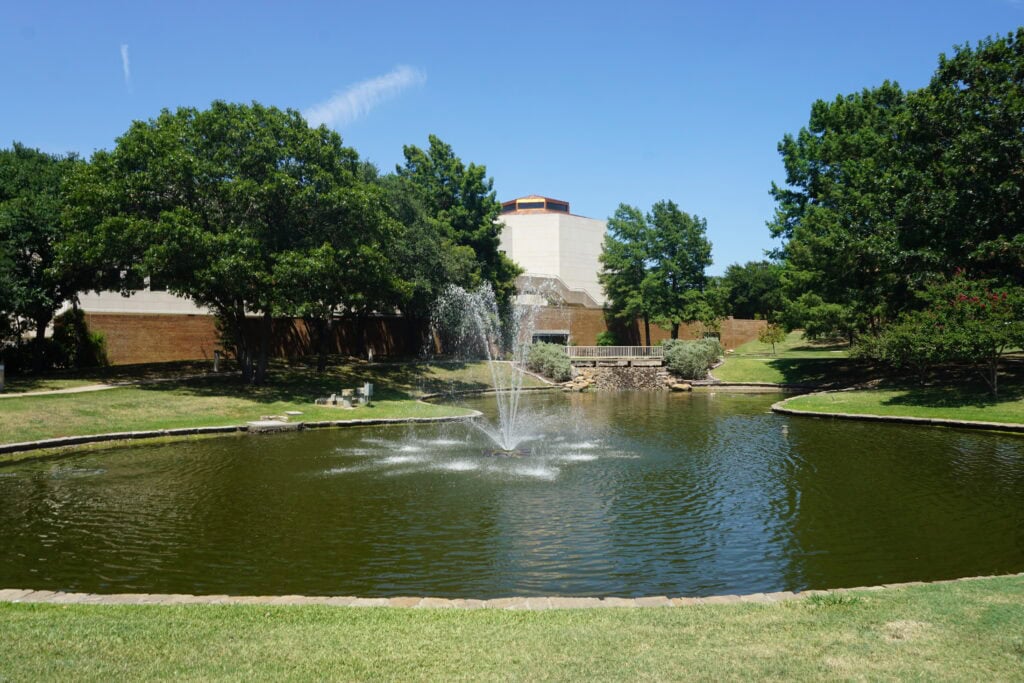
The amusement park that quietly closed after 48 years
Sandy Lake Amusement Park, set on Sandy Lake Rd in northwest Carrollton, opened in 1971 with traditional rides, a pool, paddleboats, and acres of picnic grounds that hosted thousands of school and company outings.
Generations of North Texas students competed in spring music festivals there.
On October 17, 2018, the family owners announced the park's sale and permanent closure after 48 seasons.
The rides and fixtures were cleared, and the neighboring landscaping company took over the property for tree and plant storage.
The park's recognizable sign and wide picnic lawns vanished from public use, ending one of the area's longest-running small amusement parks.
A nature preserve tucked inside a sports complex
On the north bank of the Elm Fork, the Elm Fork Nature Preserve protects about 33 acres of bottomland woods at 2335 Sandy Lake Rd, inside Carrollton's McInnish Sports Complex.
The preserve keeps a pocket of native habitat where hikers can follow signed footpaths through hardwood stands, under vines, and past seasonal wetlands.
It grew from earlier conservation moves to set aside pieces of the river corridor.
Ballfields and turf complexes sit just outside the tree line, but inside the preserve, the canopy, leaf litter, and understory show how the floodplain looked before the surrounding roads and parking lots were built.
The daily-deals pioneer with a Carrollton address
Woot.com, one of the earliest daily-deals e-commerce sites, lists its headquarters at 4121 International Parkway, Carrollton, TX 75007.
The company became known for limited-quantity gadget and home-goods offers that changed daily at noon.
It was acquired by Amazon at $110 million in 2010 but kept its brand, warehouse workflows, and a quirky writing style for product pages.
The Carrollton office remains the corporate point of contact for customer mail and press queries.
A major aluminum maker shaped the local industrial belt
Western Extrusions has manufactured aluminum products in Carrollton since 1979.
The company's plant occupies a large footprint near the city's rail and highway network and produces extrusions used in windows, doors, framing, and specialized industrial parts.
Its campus includes casting, extrusion presses, finishing lines, and logistics operations under one roof.
As the Metroplex grew, so did demand for construction and fabrication components, and Western Extrusions expanded buildings and equipment on its Carrollton site.
The plant remains one of the city's larger industrial employers and is a reason heavy truck traffic and rail spurs still run through parts of the industrial districts.
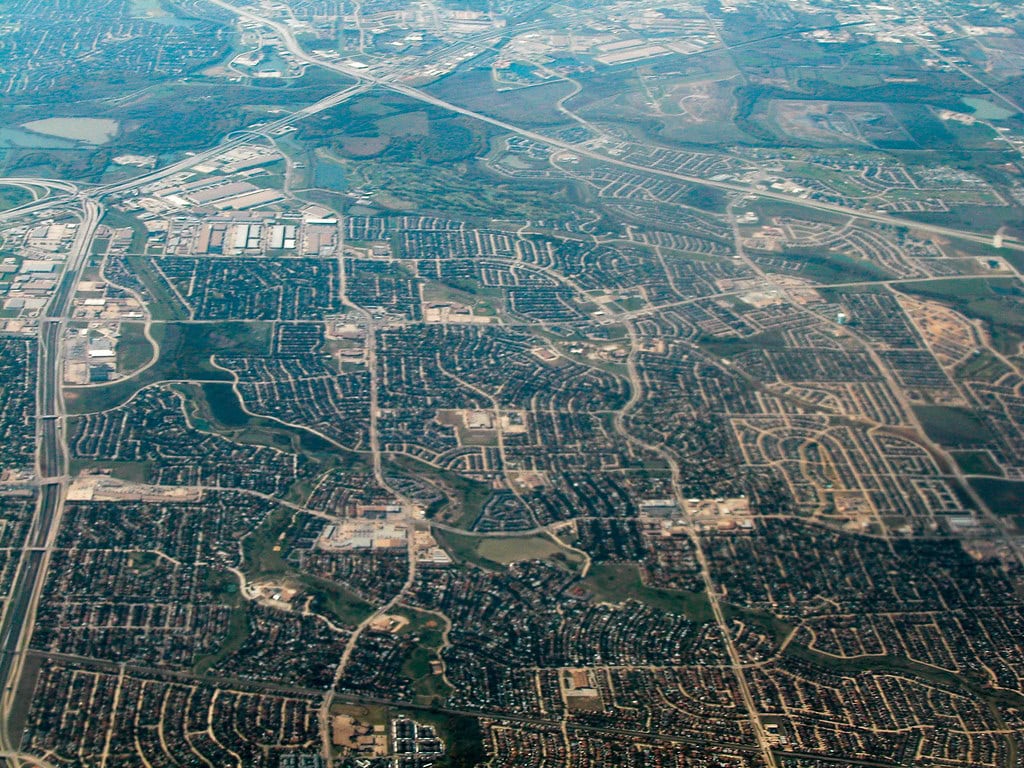
A city-run water park with a lazy river and dump bucket
At 1334 E Rosemeade Pkwy, the Rosemeade Rainforest Aquatic Complex combines a zero-depth entry play pool with slides, spray features, and a 200-foot lazy river around a central island.
A 600-gallon tipping bucket regularly drenches the play structure.
Next door, the main pool complex includes a 50-meter Olympic pool with a 25-meter short-course setup, training pool, and separate diving well.
Open in summer, the site is part of the city's aquatics programming tied to the Rosemeade Recreation Center.
Families use it for swim lessons, lap swimming, and weekend outings, while team practices and meets use the competition lanes on scheduled days.
Golfers got two 18s, then a modern rebuild
Carrollton's Indian Creek Golf Club features two 18-hole public courses, the Creek (opened 1983) and the Lakes (opened 1987), both originally designed by Dick Phelps.
After the 2015 floods, the city and operator invested in repairs and upgrades.
A bond-funded $4 million renovation finished on the Lakes Course in early 2020, rebuilding greens, fairways, cart paths, and irrigation across roughly 80 acres.
A 2021 ribbon-cutting marked the project's completion at 1650 W Frankford Rd.
With water features on most holes and a long par-5 stretch along the Elm Fork corridor, the courses remain a regular stop for leagues, lessons, and city tournaments.

